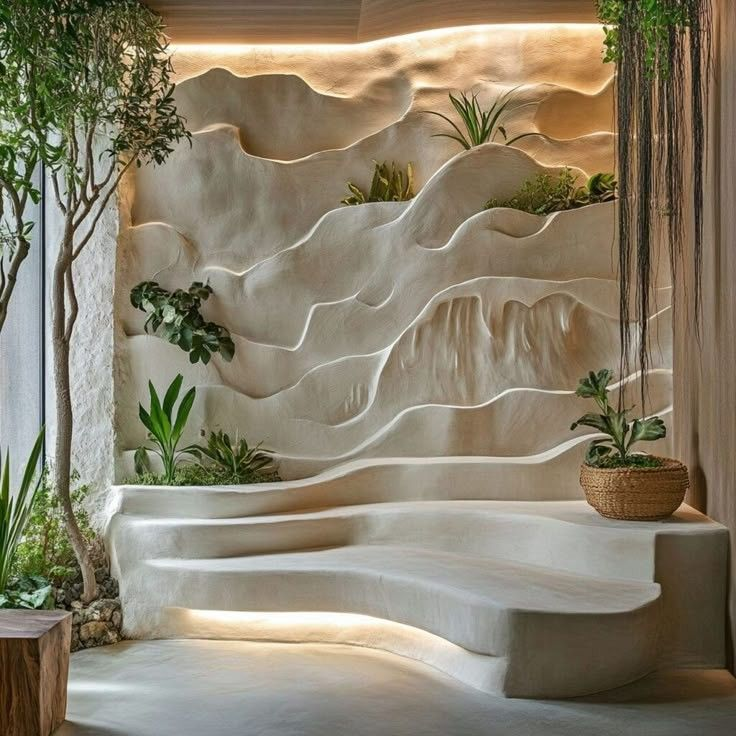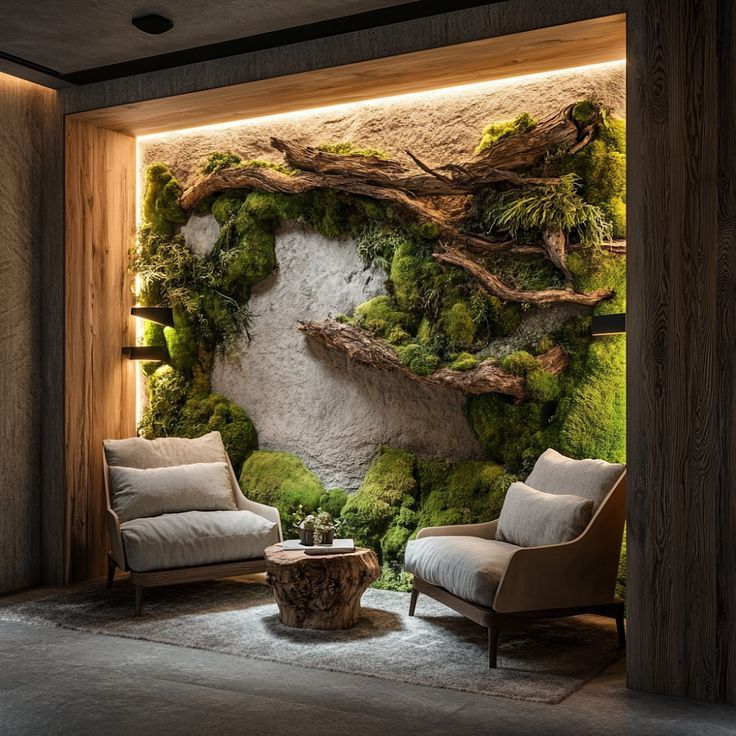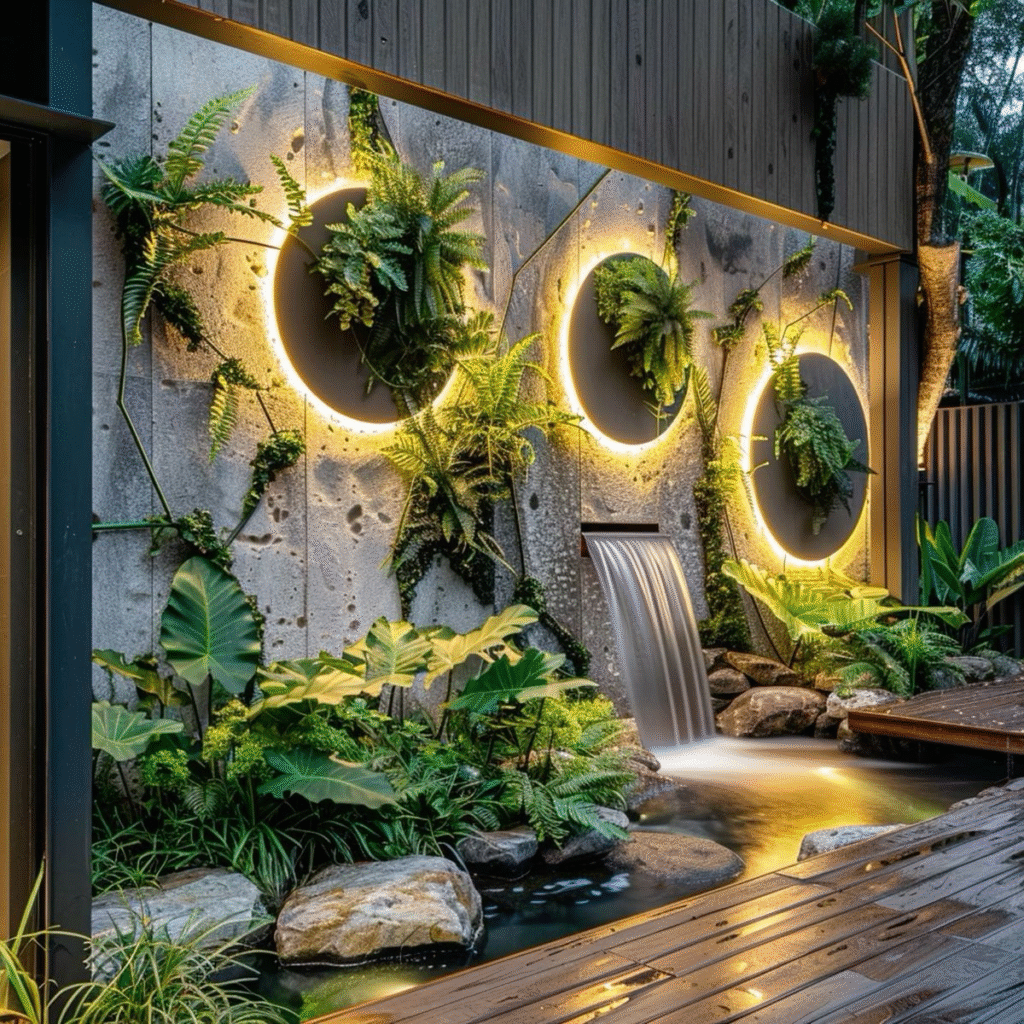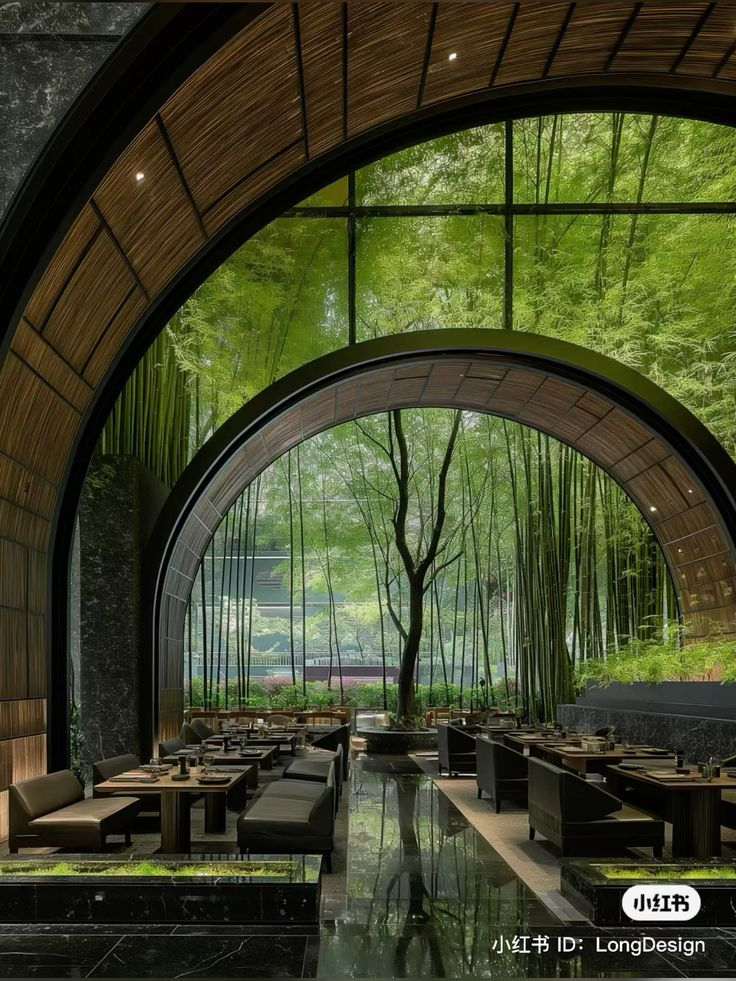Introduction: When Fragmented Décor Holds Unbroken Stories
Step into an Indian living room—or even the modest hallway of a traditional flat—and chances are you’ll find decorative showpieces chipped, cracked, or broken. A once ornate statue missing a finger, a vase with a missing pedestal, a glass showpiece with a hairline fracture… Yet, these imperfect items stay on display, dusted tenderly year after year.
These aren’t just décor quirks—they’re time capsules of emotion. In this post, I explore why many Indian families continue to display broken showpieces, how grief, nostalgia, superstition and architecture all intersect, and what these frozen fragments say about our relationship with memory—and with space.

● Vastu’s Uneasy Relationship with Broken Items
Ancient Vastu Shastra—India’s traditional system of architecture and energy-flow—strongly discourages broken or damaged décor. According to multiple sources:
- Broken clocks, mirrors, and furniture are believed to invite negative energy—halt progress, strain relationships, or even cause financial setbacks House DigestJFW+1The Times of India+1.
- Cracked showpieces, mirrors, or frames are seen as carry-overs of “bad energy” unless removed swiftly Jagran EnglishAstrotalkThe Times of India.
Still, many families continue displaying broken items. That defiance hints at a tension between spiritual codes and emotional inheritance.
● Broken Objects as Emotional Anchors
Why keep something broken—even if it defies spiritual norms?
- Memory itself becomes fragile. A broken idol may mark a loved one’s passing or a childhood incident.
- Guilt or reverence. Removing a chipped decorative piece might feel disrespectful to traditions or ancestors.
- Sentimental permanence. Even cracked, a family heirloom may “still belong”—the wear is part of the story.
These imperfections become curated reminders: not about aesthetics, but about the life that unfolded around them.

● When Broken Becomes Beloved: Cultural Patterns
The emotional patterns I observe in Indian homes include:
- Ghost-like décor stuck in time
- Obsolete heirlooms with symbolic cracks
- Showpieces that were once gifts—never replaced, often dusted ceremonially
- Broken idols or bangles associated with rituals of bad omens, yet preserved as relics
There’s often an internal dialogue: “It’s broken—but what if it took away our bad luck?” or “I must keep it because it belonged to my mother.”
● Voices from Indian Homes: Reddit Reflections
Breaking glass is often linked to superstition. One Redditor from r/hinduism shared:
“I’ve heard glass breaking means negative is leaving i.e. it’s a good omen and… you’re not supposed to keep broken glass in your house.” 1gramgoldjewellery.inRedditReddit+2Reddit+2rhjewellers.in+2
Another user reflected on family hoarding:
“My parents kept hoarding… childhood toys… broken furniture… old cookware … They don’t give/gift to the poor… in the hope that some day the item will be useful.” Reddit
This blend of superstition, scarcity mindset, and fear of disposal explains why broken items remain.

● Each Chip Tells a Story
Chipped showpieces often hold silent narratives:
- A glass vase cracked during a funeral or festival
- A figurine dropped while cleaning before Diwali
- An idol broken during puja, never replaced out of reverence
- A warped décor piece given by a guest, shunned but retained
These fragments become emotional artifacts—not unwanted baggage.
● The Internal Conflict: Tradition Says Remove, Emotion Says Keep
Families often feel torn:
- Vastu says: “Broken décor disrupts positive energy.”
- Emotion says: “It’s our history—don’t throw it away.”
That tension often leaves spaces filled with frozen memories—displayed but unspoken.

● Design As Intervention: Curating Rather Than Cluttering
How can designers engage with these emotional fragments?
- Photograph and archive broken pieces before removing them.
- Suggest transparent display boxes—respect the object, but isolate negative space.
- Offer ritual “farewell ceremonies”—a respectful removal that preserves intention.
- Create rotating memory walls—where objects can evolve seasonally.
- Relocate objects to less central but visible spots—honoring the memory while reducing energy friction in living zones.
The goal: Honor without being emotionally trapped.
● When to Keep Broken Items—and When to Release Them
Keep if:
- It’s tied to a meaningful story or lost loved one
- Removing it would feel like emotional erasure
- You’re ready to engage with the memory consciously
Let go if:
- It creates energy stagnation in daily life
- The item is preserved out of guilt or habit, not love
- Better replacements wouldn’t erase the story
Memory doesn’t require a broken object—it requires respect.

● A Case Story: The Cracked Idol That Stayed
One family in Delhi inherited a marble Ganesh idol with a chipped hand. Though it violated Vastu, no one dared remove it.
We proposed:
- Move it into a transparent alcove
- Light it with soft LED halo
- Record the story in a small plaque beneath it
The idol remained—but was relocated with care and clarity. The family kept the memory. The home felt lighter.
● Emotional Liberation Through Design
Broken décor can either trap or liberate—depending on how it’s lived with.
Design can:
- Transform emotional inertia into intentional display.
- Allow history to exist without disrupting present flow.
- Help families reclaim space—not reject memory.
● Broader Reflection: What Time Capsules Does Your Home Hold?
If broken showpieces hold emotional weight, what else might be frozen in your décor?
- Unopened boxes
- Old photographs
- Discarded parts
- Invisible junk corners
Architecture can either reinforce these time capsules—or help free you from them.
Conclusion: Broken Objects, Not Broken Homes
Broken showpieces aren’t ugly—they’re emotional landmarks.
When families keep them, they aren’t neglecting décor—they’re preserving memory. Design doesn’t have to erase them. It just needs to honor with intention.
If you feel stuck between tradition and renovation, let your home evolve—not erase. And let your memory live—without clutter.
Design That Respects Memory Without Radical Clutter
Looking for thoughtful renovation ideas that:
- Preserve emotional fragments
- Create balanced, energy-friendly spaces
- Design memory—not just measurements
📩 Email: contact@mishulgupta.com
📍 Serving homes across India, from Ambala, Haryana
